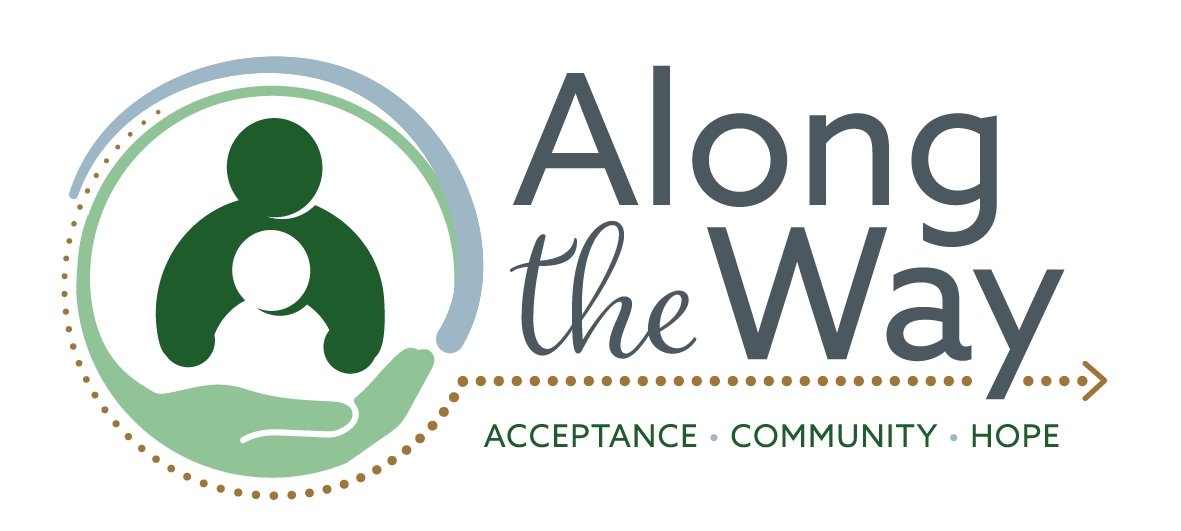How do I apply for services?
Application information is available here.
How does the program work?
Single mothers who work hours outside of traditional business hours who earn less then 2x the poverty level and have up to three children under the age of 13 are eligible for our free child care service. We will collect information from you and your employer, and with your permission, from your children's school.
How much does it cost?
Our child care services are offered free of charge to qualifying single mothers.
We help fund our free child care service for single mothers through our paid child care service which is open to parents and guardians that are not single mothers or income qualifying. If you are not a single mother and are in need of child care service in your own home, we offer a paid child care service. You can find out more by emailing here.
How are child care givers selected?
The child caregivers will be required to have criminal background checks and child abuse clearances, will enjoy working with children and will undergo our rigorous training.
They will have experience working with children
They will be over the age of 18 years old
What hours do we provide child care service?
We specialize in nights defined as between 3:00pm and 7:00am (the next day), and weekend hours defined as Saturday 7:00am-Monday at 7:00am; however, with proper planning (advance notice/booking), we can provide child care at any time - day or night.
Do you serve guardians, foster parents and grandparents?
You are eligible for our paid child care service. If you are a single female-headed household caring for dependent children, you qualify for our program for single mothers.
Do you serve two-parent families?
Two parent families are eligible for our paid child care service.
Can you serve single-fathers?
Single fathers are eligible for our paid child care service.
Why do we only provide free child care & holistic community connections support to single mothers?
80% of single-parent led households in the US are single mothers homes, with this segment of our population having the most barriers to getting out of poverty; you can access statistics and read more about this here.

